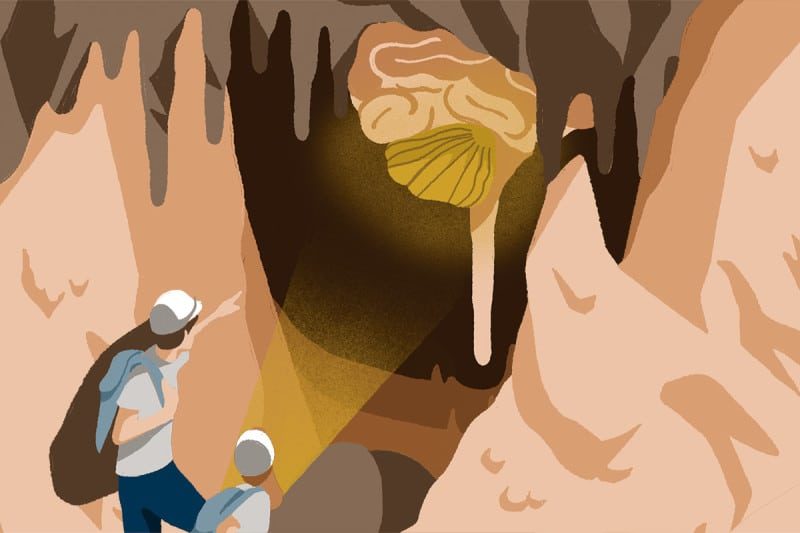
Recently, though, it has become clear that the cerebellum is far from a bit player in the story of humankind. Neuroscientists are starting to suspect that this little cauliflower-shaped orb at the back of our head, which is packed with more neurons than all the other brain regions put together and home to a superfast wiring system, is doing the kinds of complex calculations that allow for our most Sherlock-worthy feats. In fact, it could be the crowning achievement of our brain's evolution.
This upgrade in status has been a long time coming. In the 19th century, phrenologists, who looked at the shape of the skull to determine a person's character, declared the cerebellum, with its wrinkly lobes that hang from the bottom of the brain, the root of sexual desire. The larger the cerebellum, the greater the likelihood of sexual deviance.
The evidence soon began to suggest otherwise, however. During the first world war, the British neurologist Gordon Holmes noticed that the main problems for men whose cerebellums had been damaged by gunshot wounds had nothing to do with their sex lives and everything to do with the fine control of their movements, ranging from a lack of balance to difficulties with walking, speech and eye movements. From then on, the cerebellum became known as the mastermind of our smooth and effortless motions, with no role in thinking.

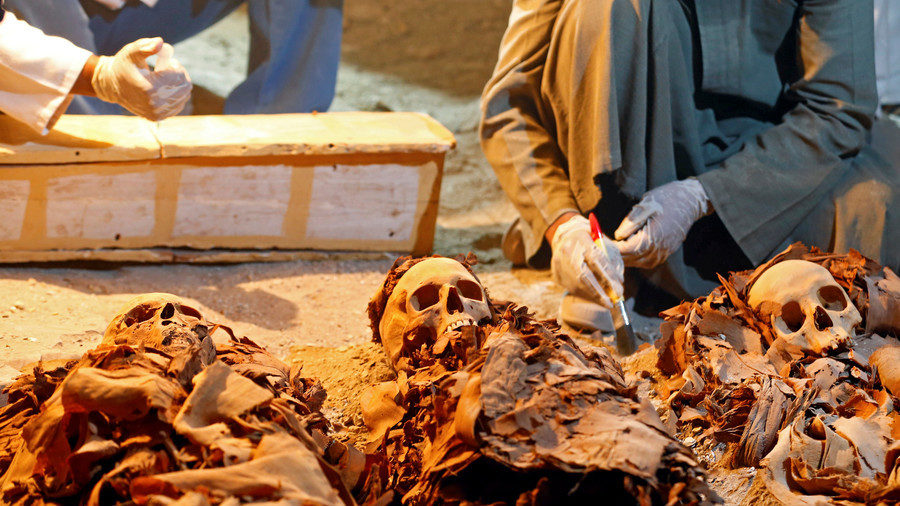
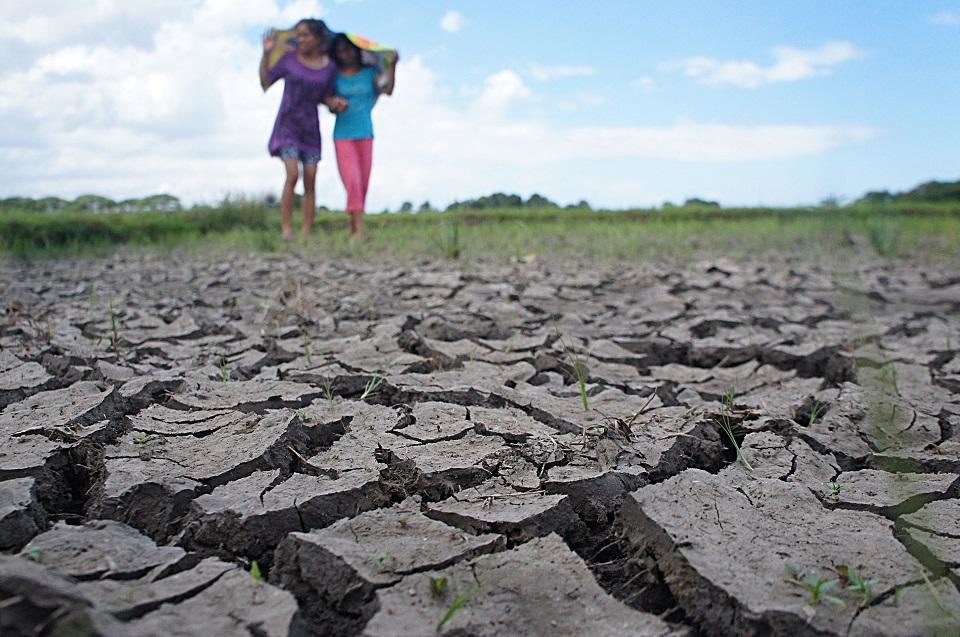
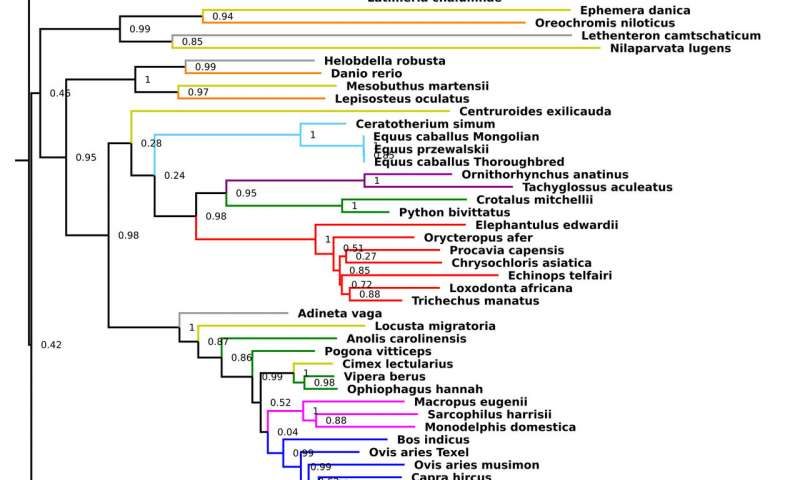
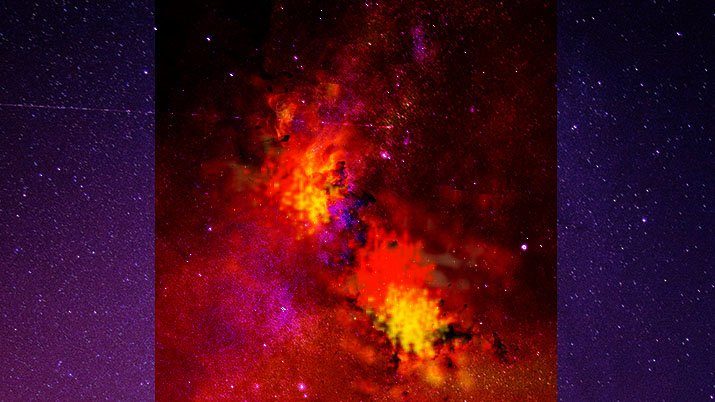
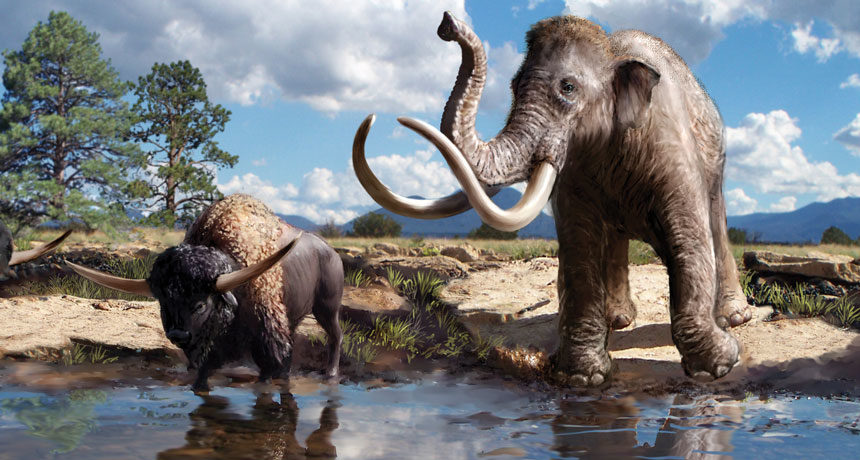
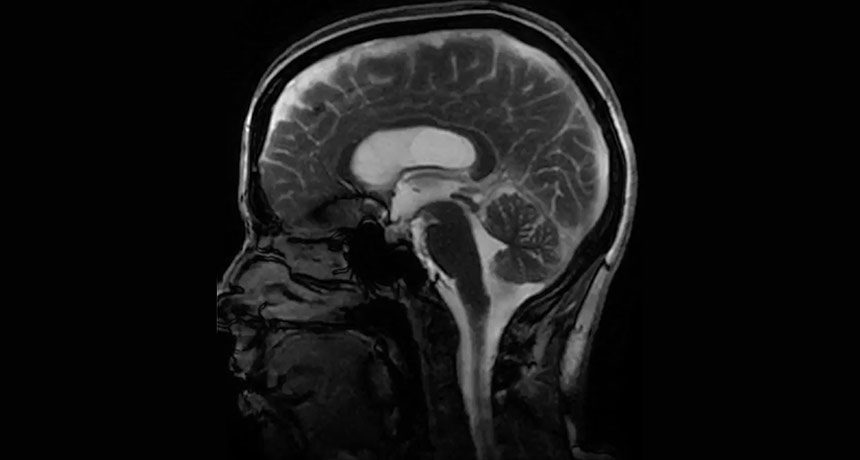


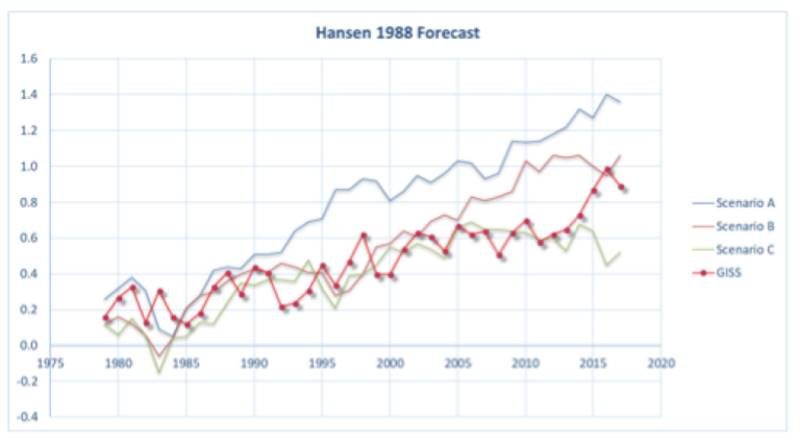



Comment: It has been argued that global warming 'records' have been distorted by the choice of mostly urban locations for weather stations, giving the wrong impression that the whole globe is getting warm, as there are more heat sources in cities and asphalt retains heat. The above seems to confirm this argument.
Then there's this:
Global warming fraud: NOAA shows record warming where NO temperature stations exist
Still, California has been hot in the last few days:
Heat wave scorches US Midwest and East, wildfire warnings for Colorado and California